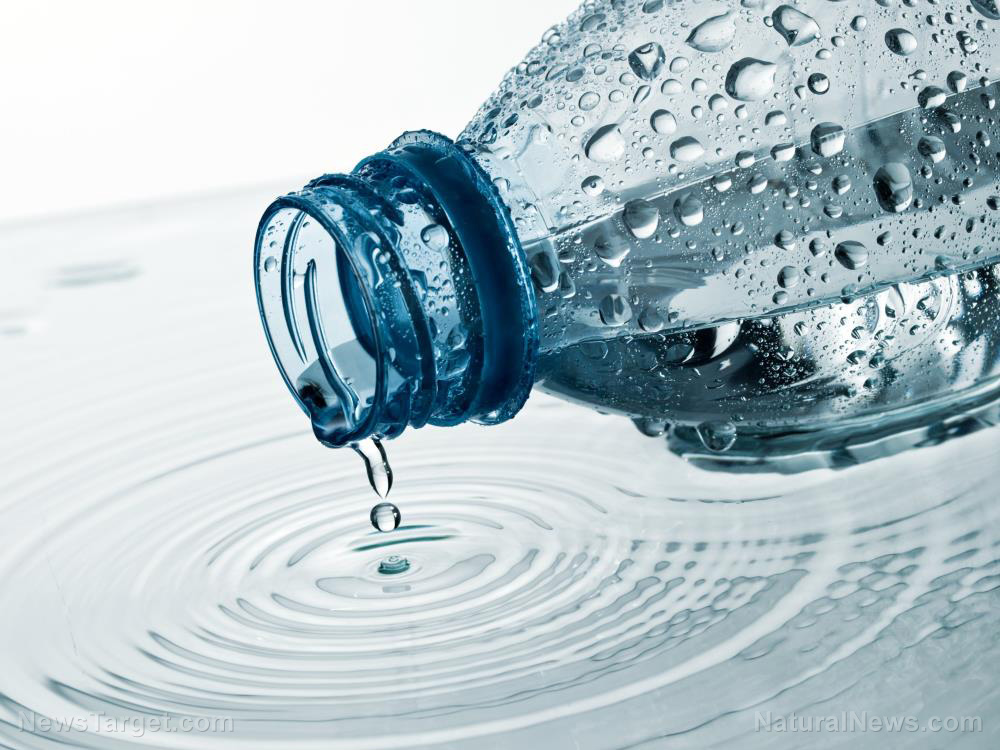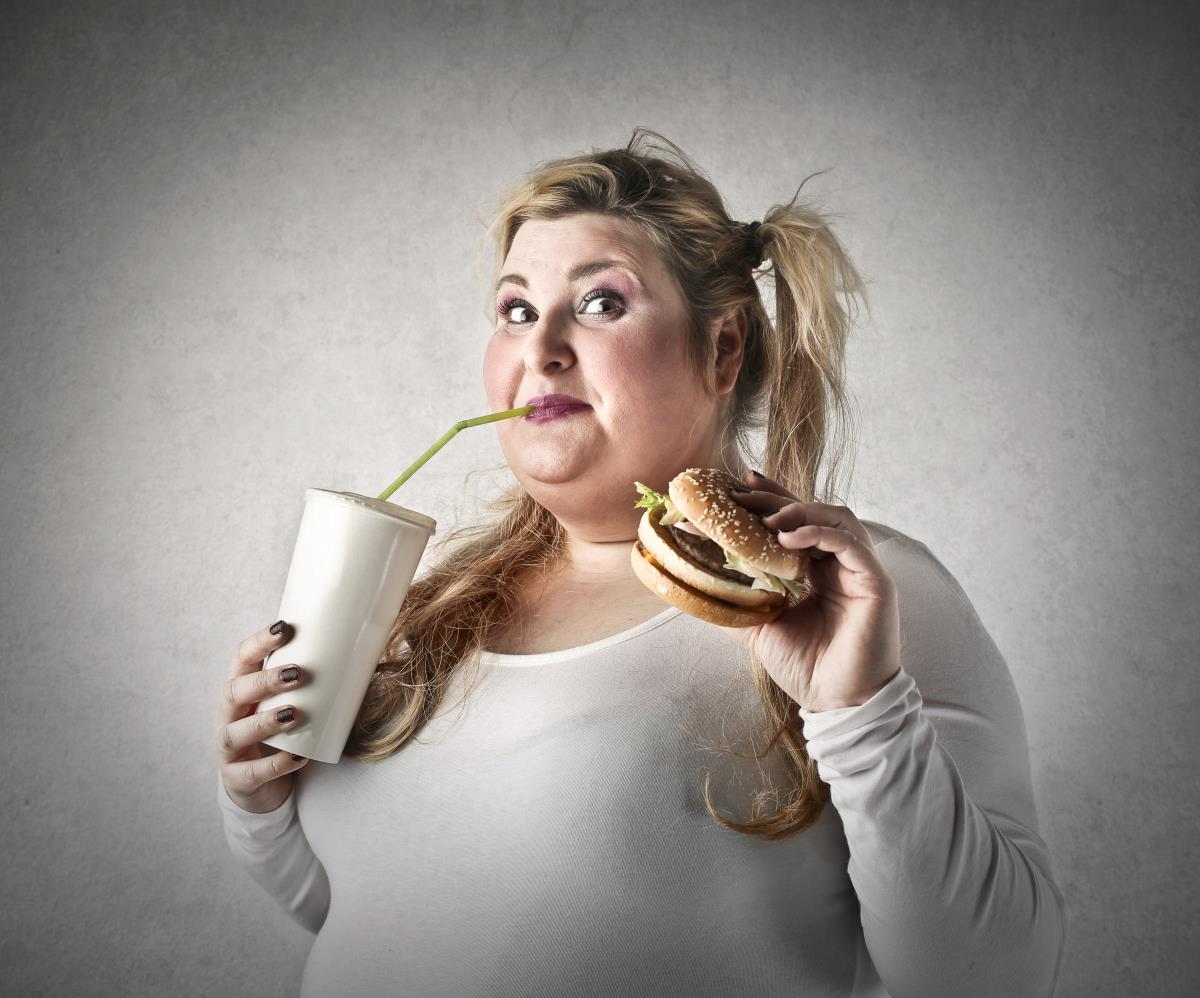
Is it safe to store drinking water in plastic containers for long periods? The type of plastic the containers are made of will determine how long you can safely store water in them.
Plastic contains various chemicals, many of which are toxic to humans. Some of these compounds may leach into the liquid stored in plastic containers over time, especially in warm temperatures.
To avoid this problem, use water storage containers made from Food Safe plastics. PETE, HDPE, LDPE, and PP plastics are designed to minimize the risk of harmful chemicals leaching into food and water.
However, these four types of plastics have different properties and lifespans. Preppers and survivalists need to know how long they can store water in a container made from one of these plastics. (Related: Nearly all bottled water found to contain microplastics… you are drinking “plastic stew” that disrupts human hormones.)
Say no to PETE plastic bottles and other flimsy containers
PETE plastic (Recycle Number #1) makes up most disposable plastic water bottles and beverage containers. Manufacturers promise that the new generation of PETE plastics is now free from bisphenol A (BPA), a toxic chemical and endocrine disruptor; however, the chemicals used to replace BPA have not proven to be much better.
Additionally, water containers that use #1 plastic are thinner than those made from HDPE (Recycle Number #2). The sides of today's generation of #1 bottles are thinner than previous models.
Worse, #1 plastic is vulnerable to heat. It will leach chemicals if it gets exposed to high temperatures for extended periods. As such, PETE bottles are not suitable for long-term storage of anything consumable.
LDPE (Recycle Number #4) is another type of plastic used in disposable products like plastic bags. It shares the same flimsiness and weakness to heat as PETE, making LDPE containers unsuitable for storing water.
PP plastic (Recycle Number #5) sees use in reusable food storage containers. It is physically and chemically sturdier than PETE or LDPE, so drums made from PP plastic can hold water for long periods with minimal risk of contamination.
HDPE plastic containers are the best choice for long-term water storage
The best plastic containers for storing drinking water are those made from HDPE. Designed to store edibles for long periods without risk of contamination, #2 plastic is often used to make barrels, gallon jugs, and water containers. It is a very sturdy material that can resist damage.
Many HDPE water containers have a distinct blue color. The color makes them easy to recognize. To be safe, double-check the Recycle Number of the plastic and make sure it is #2. HDPE does not contain BPA, so that is one less worry.
Pick HDPE plastic containers with the thickest sides or walls. They will resist damage, scrapes, and leaks the best.
The 55-gallon drums work well for storing large amounts of water for up to a year. If the water goes untouched for at least six months, drain the container and replace the contents with a fresh batch.
To supplement the 55-gallon water drums, get water jugs that hold anywhere from three to seven gallons. The smaller containers are much less cumbersome to carry and use.
Keep water storage containers in a cool area away from direct sunlight. While HDPE has much better resistance to heat than PETE, the water will still be affected by shifting temperatures.
Many preppers warn against using or reusing gallon plastic milk jugs for water storage. The sides of these containers are thin and prone to leaking over time.
Check if the plastic used in the water container happens to be biodegradable. These plastics break down faster when exposed to sunlight. Avoid biodegradable plastic products — you don't want to throw your water containers away any time soon, anyway.
Sources include:
Please contact us for more information.















